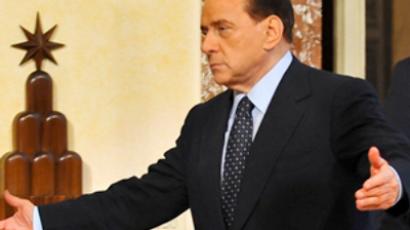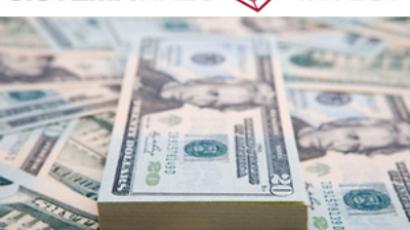Banks taking on too much risk as deposits boom
The Central Bank is warning thatn Russian banks are offering high rates and taking on too much risk. Rouble appreciation and record interest rates have boosted deposits by 38%, but the risk of Rouble devaluation remains.
What a difference a year makes. Back then – banks charged borrowers an average of 11% interest – but they paid savers just 6% – and only to those who put more than $40 thousand on deposit.
Banks had no reason to attract deposits, as it was cheaper to borrow from abroad. From February, Vladimir Tikhomorov Chief Economist at Uralsib says Rouble deposit rates became lucrative for savers – jumping to as much as 25% on small sums,
“Deposits seem to be a more reliable liquidity base than credit and the credit markets for Russian banks are still pretty closed. So it is an attempt to improve their balance sheets.”
But having paid so much to attract money, banks cannot profitably lend it on – especially with inflation at around 12%.
So far, what’s good for banks has proved good for savers. Since the spring, Banks’ Rouble deposits have jumped by more than a third, partly helped by the currency which strengthened by 10%.
The central bank believes stability is the order of the day. The Rouble won’t weaken below 41 roubles against the basket until the end of the year, but Ivan Ivanchenko, Investment Strategist at VTB capital says the Russian currency needs to weaken.
”What we need now is a weaker Rouble so that to make our producers that may replace imports, more competitive. And if we talk about Rouble appreciation in real term it’s even more so. We have still inflationary environment while the rest of the world has deflationary pressure.”
But a green light to a weaker rouble might also have social costs – especially among those who have only recently been tempted back into banks.














